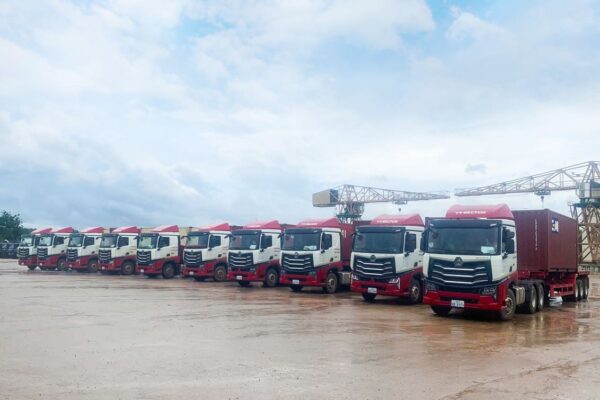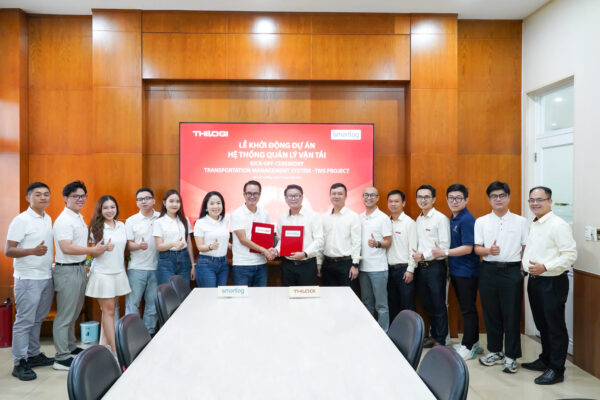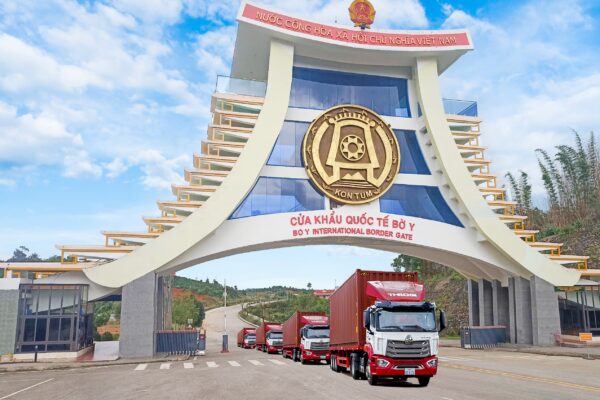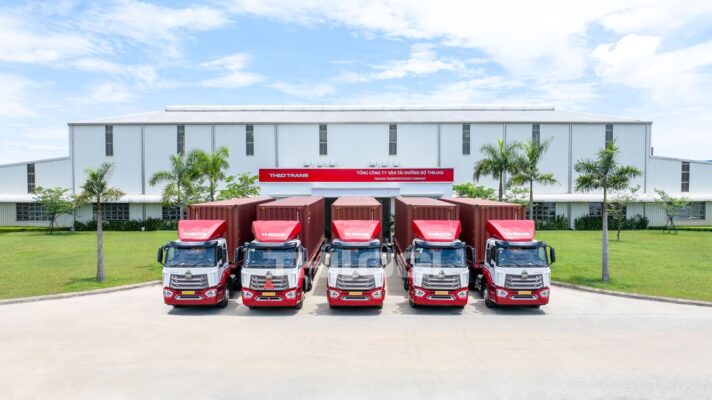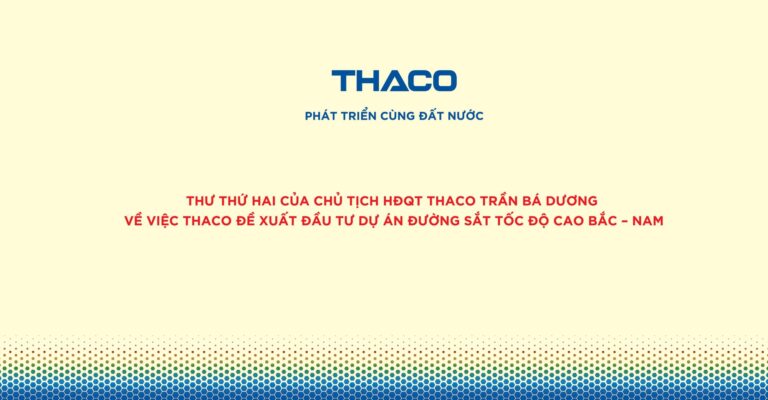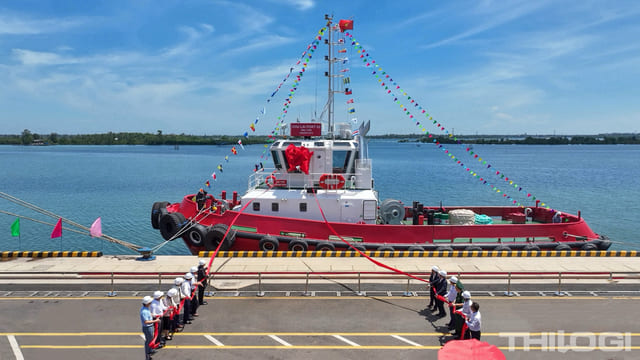HƠN 2.500 TẤN TINH BỘT SẮN XUẤT KHẨU QUA CẢNG CHU LAI TRONG NỬA ĐẦU THÁNG 11 NĂM 2023
Trong nửa đầu tháng 11, hơn 2.500 tấn tinh bột sắn đã được xuất khẩu qua cảng Chu Lai (tăng 15% so với tháng 10). Đây là một trong những mặt hàng nông sản xuất khẩu chủ lực tại cảng, với sản lượng trong năm 2023 dự kiến đạt hơn 60.000 tấn.
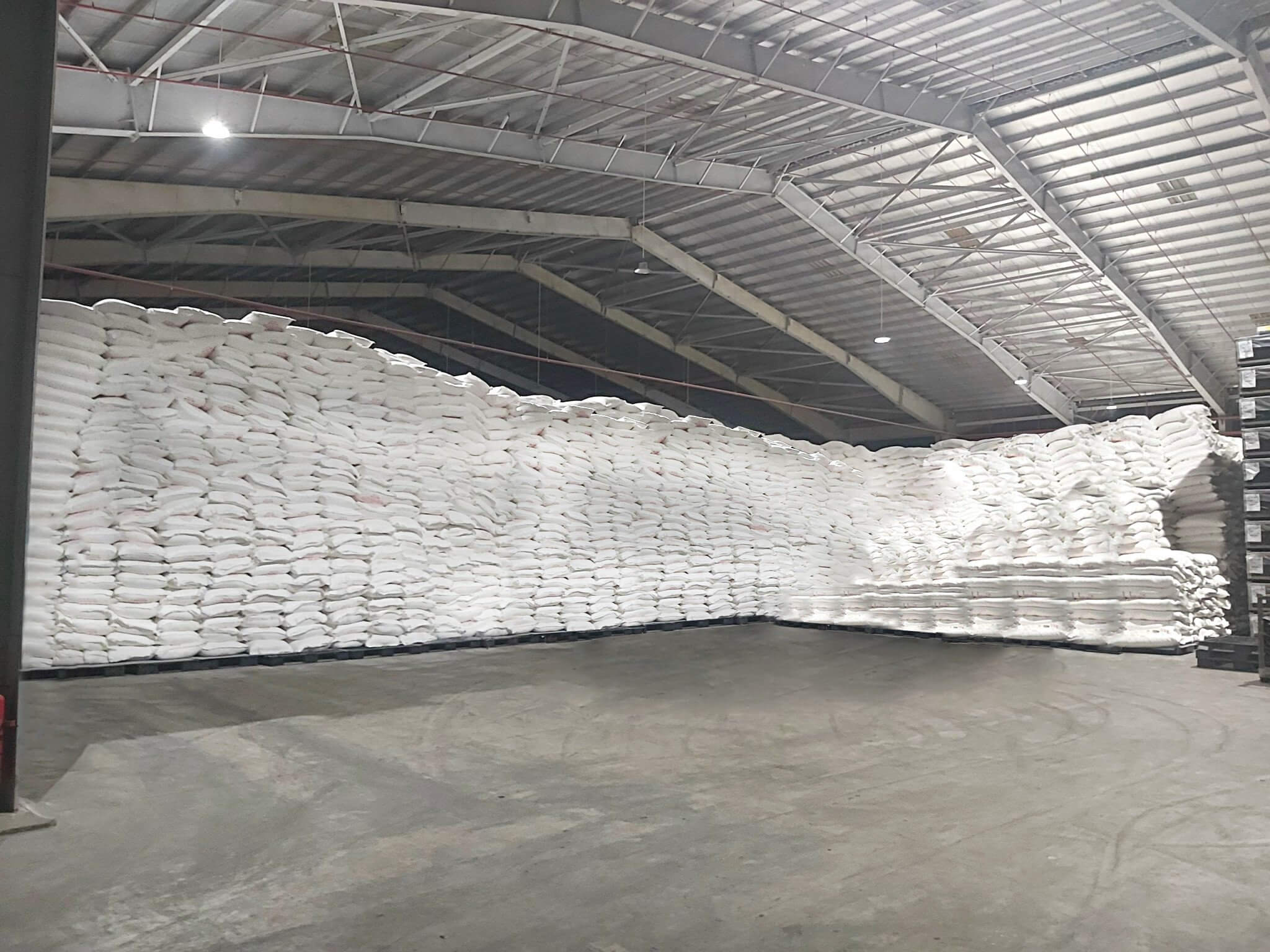
Tinh bột sắn được lưu trữ tại kho hàng cảng Chu Lai trước khi xuất khẩu
Từ ngày 10/11 – 13/11, hơn 1.200 tấn tinh bột sắn của Công ty Nông sản thực phẩm Quảng Ngãi được vận chuyển từ nhà máy tại Kon Tum về cảng Chu Lai. Trước đó, cảng cũng đã phục vụ xuất khẩu gần 1.000 tấn tinh bột sắn của Nhà máy chế biến tinh bột sắn Attapeu (Lào) sang Trung Quốc.

Đóng container tinh bột sắn xuất khẩu
Là doanh nghiệp kết nối hàng nông sản xuất khẩu nói chung và tinh bột sắn nói riêng tại khu vực miền Trung – Tây Nguyên, Lào, Campuchia, cảng Chu Lai đã chú trọng đầu tư, phát triển mô hình dịch vụ logistics trọn gói phục vụ nông nghiệp (gồm: vận chuyển, lưu trữ, đóng container, thủ tục hải quan, xếp dỡ…), với phương thức xuất khẩu đa dạng (hàng container, hàng rời). Bên cạnh đó, cảng còn có hệ thống kho gần 200.000 m2, đáp ứng nhu cầu lưu trữ số lượng lớn của các doanh nghiệp. Cảng Chu Lai hiện đang là đối tác tin cậy được nhiều khách hàng lựa chọn sử dụng dịch vụ. Trung bình mỗi tháng sẽ có hơn 5.000 tấn tinh bột sắn của các doanh nghiệp xuất khẩu qua cảng.
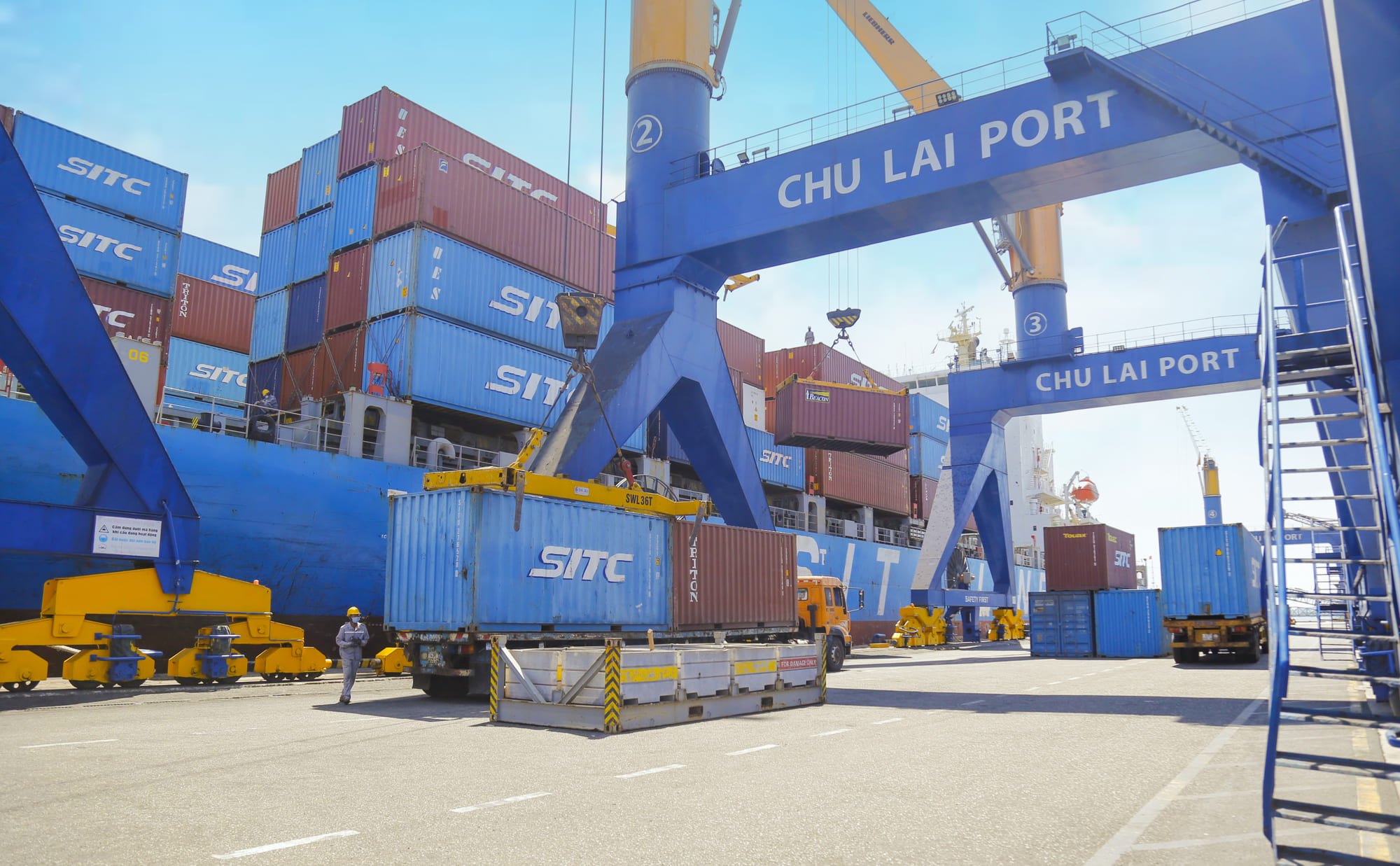
Hơn 2.500 tấn tinh bột sắn được xuất khẩu qua cảng Chu Lai trong nửa đầu tháng 11
Hiện nay đang là mùa cao điểm thu hoạch sắn của các tỉnh tại khu vực Tây Nguyên, Lào. Để thu hút và khai thác hiệu quả nguồn hàng tiềm năng này, cảng Chu Lai tập trung nâng cao chất lượng dịch vụ, mở rộng thị trường, tìm kiếm, hợp tác xuất khẩu với nhiều doanh nghiệp. Với chi phí vận chuyển đường bộ thấp hơn 10% so với thị trường, cùng các chính sách hậu mãi tại cảng sẽ giúp doanh nghiệp tiết kiệm từ 5 – 10% chi phí logistics so với mặt bằng chung cả nước, góp phần nâng cao tính cạnh tranh của hàng hóa trên thị trường thế giới.
